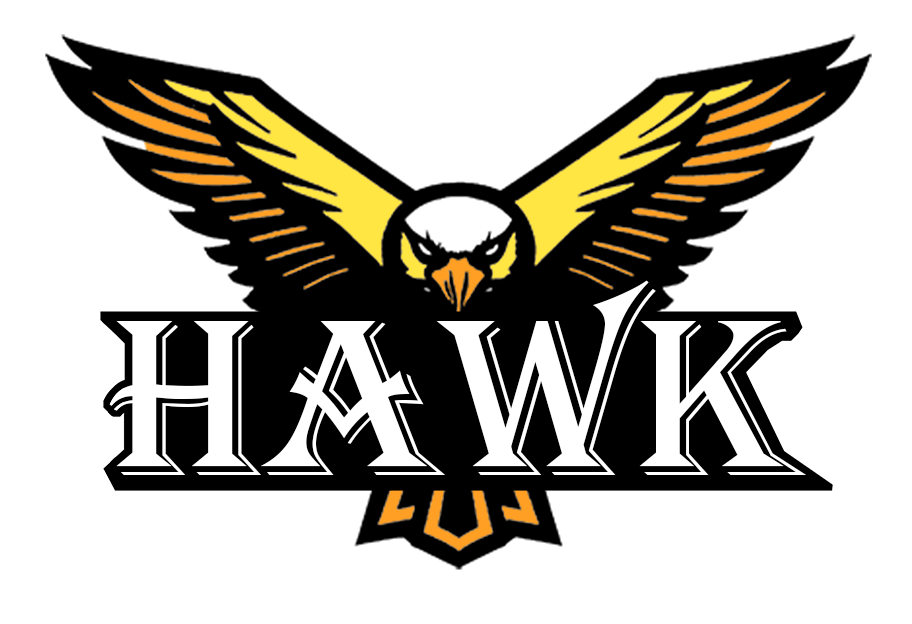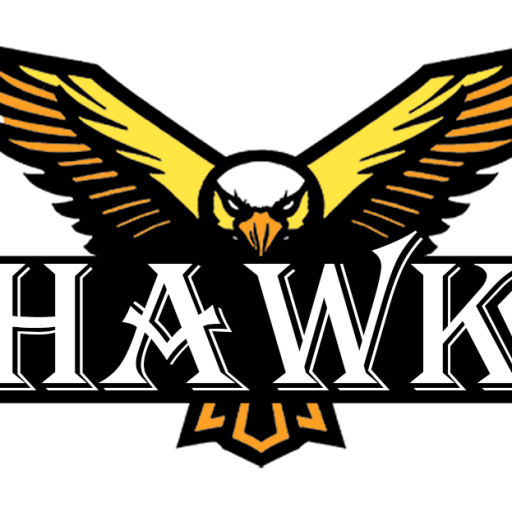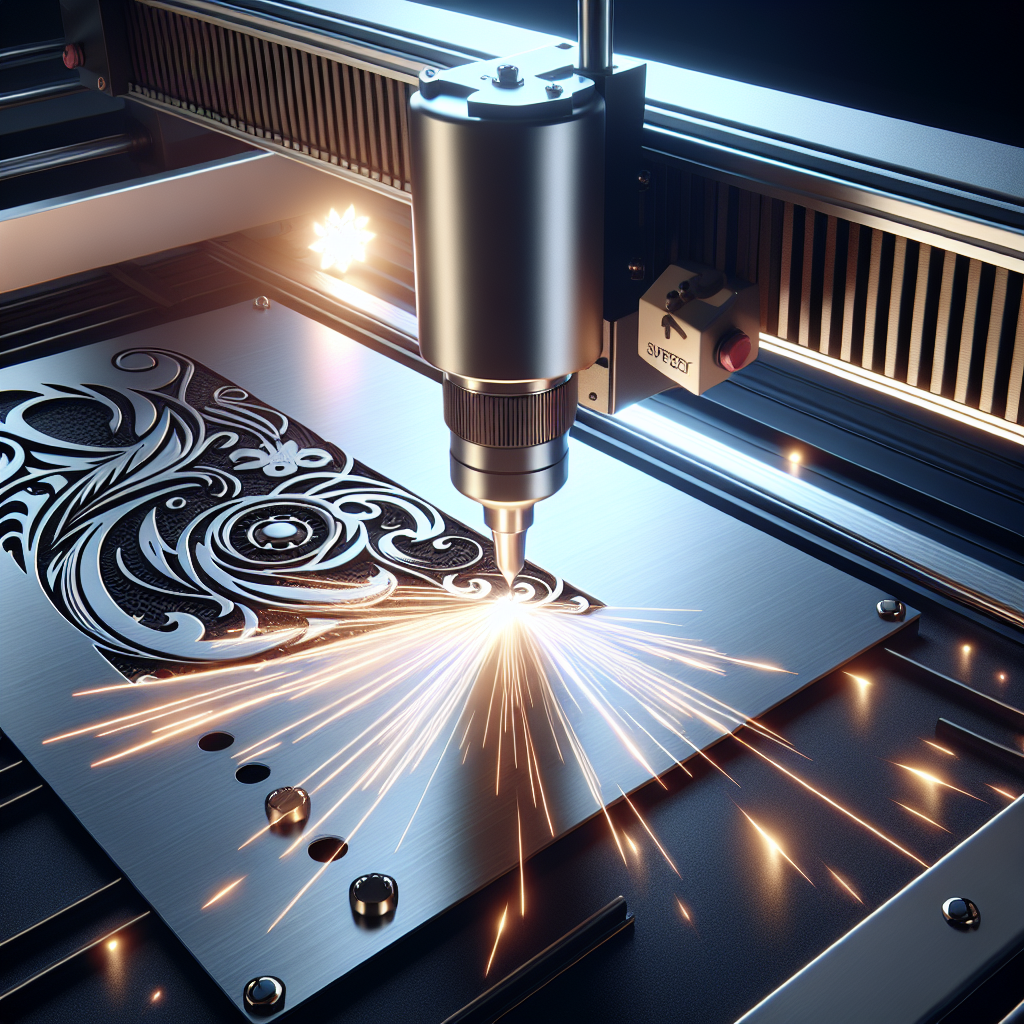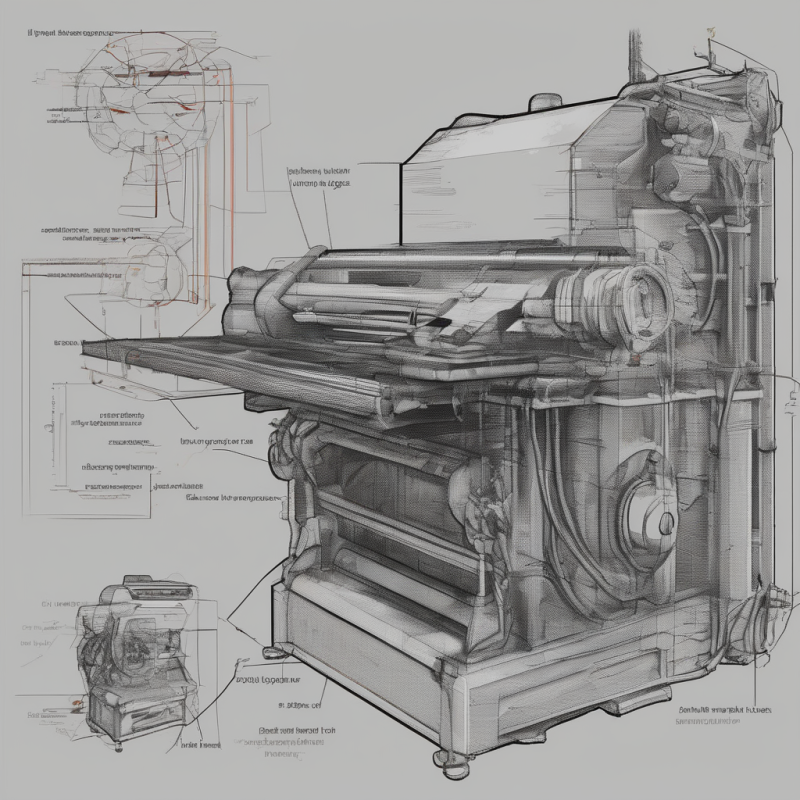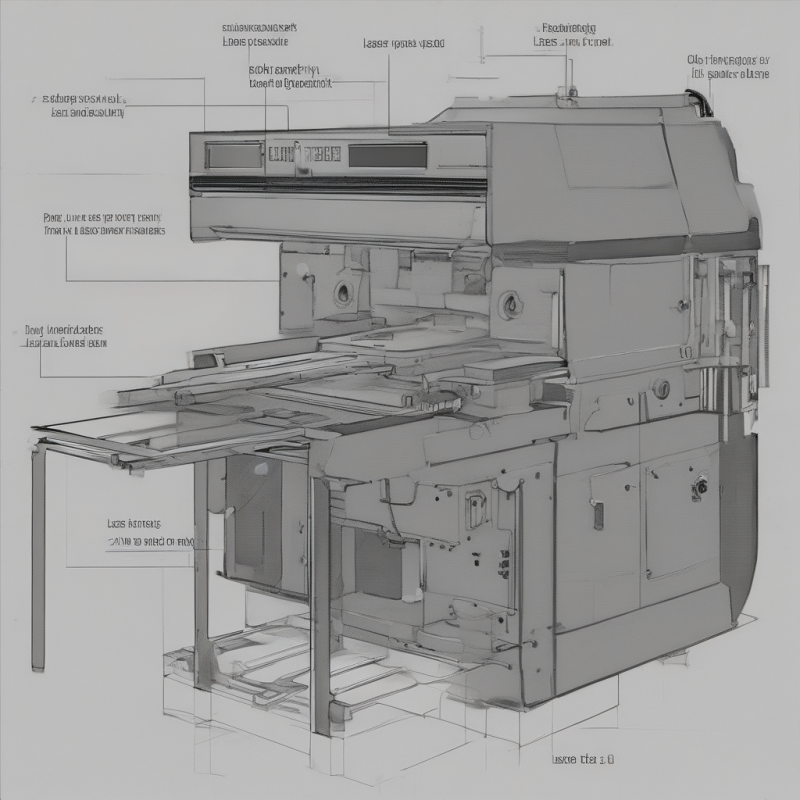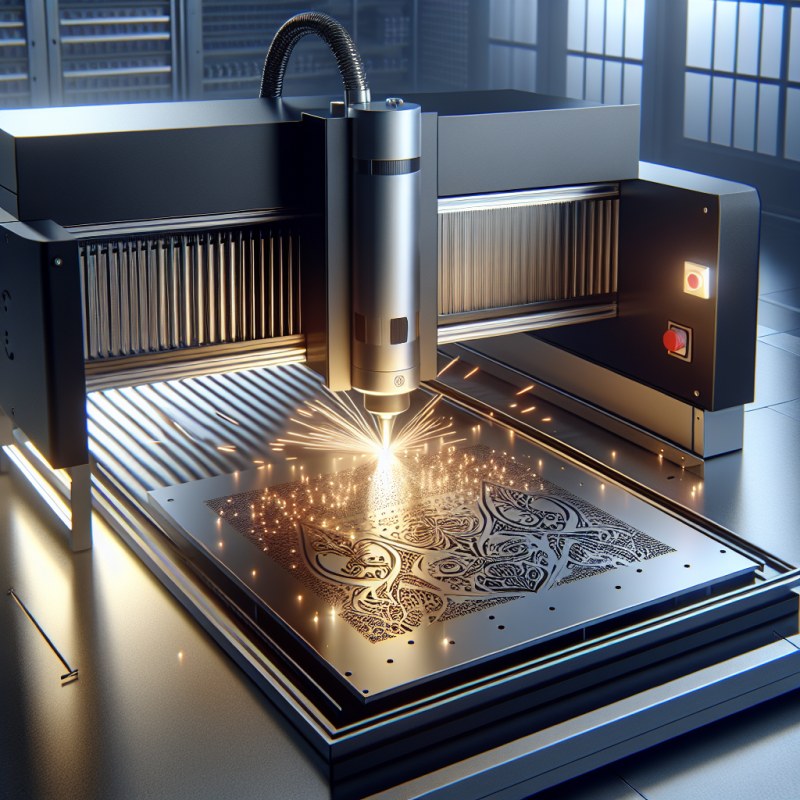Laser Engraving Lightburn STL Grayscale Images: A Comprehensive Guide
Laser engraving has revolutionized the way we create intricate designs, patterns, and text on various materials. With advancements in technology, laser engraving machines have become more accessible, enabling hobbyists, artists, and businesses alike to achieve precision and creativity in their projects. One of the most exciting aspects of laser engraving is its ability to work with STL grayscale images, offering unparalleled flexibility and detail. In this article, we will explore how laser engraving works with LightBurn STL grayscale images, discuss the benefits, and provide insights into creating stunning designs using a laser engraving machine. Whether you’re new to laser engraving or looking to enhance your skills, this guide has something for everyone.
Understanding Laser Engraving and STL Grayscale Images
Laser engraving is a process that uses focused light beams to create permanent markings on materials such as wood, metal, plastic, and glass. Unlike traditional methods, laser engraving offers exceptional precision, allowing for intricate designs and text that can be customized to meet specific needs. The use of STL (STereoLithography) files has further enhanced the capabilities of laser engraving machines by enabling the creation of grayscale images with varying levels of intensity.
STL files are widely used in 3D printing and design, but they also play a crucial role in laser engraving. These files contain geometric data that defines the shape and structure of an object. When combined with grayscale imaging, STL files allow for the creation of detailed shading and textures, making it possible to achieve a wide range of artistic effects. This technique is particularly popular among artists who want to replicate photographs or create custom patterns on materials like metal or wood.
Grayscale images are essential in laser engraving because they determine the depth and intensity of the engraving. By adjusting the grayscale levels, you can control how deeply the laser cuts into the material. This level of customization is what makes laser engraving so versatile and appealing for both artistic and commercial applications.
The Role of LightBurn in Laser Engraving
LightBurn is a software platform designed specifically for laser cutting, engraving, and 3D printing. It offers a user-friendly interface that simplifies the process of creating and editing designs for laser machines. One of the standout features of LightBurn is its ability to handle STL grayscale images, making it an ideal choice for artists and designers who want to achieve high-quality engravings.
LightBurn’s grayscale mode allows users to convert 3D models into 2D engravable designs. This feature is particularly useful for creating detailed textures and patterns that would be difficult to achieve manually. By adjusting the contrast and brightness settings, you can fine-tune your design to ensure optimal results when engraved onto the material.
Whether you’re working with pre-designed STL files or creating your own, LightBurn provides the tools needed to bring your vision to life. Its compatibility with a wide range of laser machines ensures that you can use it with almost any setup, making it a versatile addition to your workflow.
Creating Laser Engraving Designs with Grayscale Images
Designing for laser engraving requires careful consideration of the material being used and the desired outcome. When working with grayscale images, the key is to balance detail and clarity while ensuring that the design will translate well onto the chosen medium. Here are some tips for creating stunning laser engravings:
- Choose the right material: Different materials respond differently to laser engraving. For example, metal requires higher power settings compared to wood or plastic. Experiment with various materials to determine which one best suits your design.
- Optimize your grayscale image: Before sending your design to the laser machine, ensure that your grayscale image is properly optimized. Adjust the contrast and brightness levels to achieve the desired depth and detail in the engraving.
- Test your design: Always perform a test run on scrap material before finalizing your project. This will allow you to make any necessary adjustments to the power settings, speed, or focus of the laser beam.
By following these steps, you can create laser engravings that are not only visually appealing but also durable and long-lasting.
Benefits of Laser Engraving with STL Grayscale Images
The combination of laser engraving and STL grayscale images offers numerous advantages for both hobbyists and professionals. Some of the key benefits include:
- High precision: Laser engraving machines are capable of creating intricate details that would be impossible to achieve with traditional tools. This level of precision is ideal for creating custom logos, patterns, and artwork.
- Versatility: The ability to work with grayscale images allows for a wide range of creative possibilities. Whether you’re replicating photographs or designing unique textures, laser engraving offers unparalleled flexibility.
- Speed and efficiency: Once your design is set up in LightBurn, the laser machine can quickly and accurately reproduce it on the material. This makes it an efficient choice for both small-scale projects and large production runs.
These benefits make laser engraving with STL grayscale images a popular choice for industries such as jewelry-making, custom signage, and decorative arts.
Frequently Asked Questions
If you’re new to laser engraving, you may have some questions about the process and its capabilities. Here are answers to some of the most commonly asked questions:
- Can I use any STL file for laser engraving? While most STL files can be used for laser engraving, it’s important to ensure that they are properly optimized for grayscale imaging. Some files may require additional editing to achieve the desired results.
- What materials are compatible with laser engraving? Common materials include wood, metal, plastic, and glass. Each material has its own unique characteristics, so it’s essential to test them before starting your project.
- Is laser engraving safe? When used correctly, laser engraving machines are safe. However, it’s important to follow all safety guidelines provided by the manufacturer, including wearing protective eyewear and ensuring proper ventilation.
By addressing these concerns upfront, you can feel more confident in your ability to create beautiful and precise laser engravings.
Conclusion
Laser engraving with LightBurn STL grayscale images opens up a world of creative possibilities for artists, designers, and crafters. Whether you’re looking to create custom jewelry, decorative items, or professional signage, this technique offers the precision and flexibility needed to bring your ideas to life. By mastering the use of grayscale images in LightBurn, you can take your laser engraving projects to the next level and achieve results that are both stunning and durable.
If you’re ready to dive into the world of laser engraving, consider investing in a high-quality . With the right tools and software, you’ll be well on your way to creating works of art that are sure to impress.
laser engraving lightburn stl grayscale imageslaser engraving lightburn stl grayscale images
